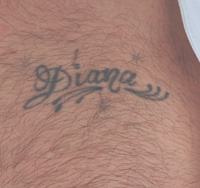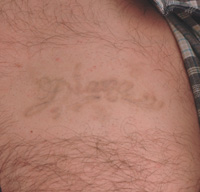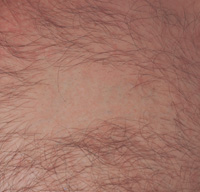Laser tattoo removal is a safe and effective method for removing unwanted tattoos. Unfortunately, the process may take numerous treatments, even when done correctly. Patients often have to wait a period of 1-2 years to complete the process because of the time it takes the body to remove tattoo ink that has been broken down during a laser treatment.



Before Treatment Day of Last Treatment 2 Years After Treatment
Timeline of Treatment and Expected Results
The expectation we set for our patients at Celibre is that the average tattoo will require between 5 and 15 treatments. The number of treatments depends on the skin type, the type of ink, the laser used, the laser energy used, the skill of the practitioner and the depth of the ink. A common misconception among patients (and some practitioners) is that it is better to use consistently higher laser energies with each treatment to speed the removal process. While it is true that less treatments may be required to completely remove the tattoo when using higher (ablative) energy levels, this method also carries risk. The problem is that using extremely high energy to “carve out” the tattoo ink can lead to scarring or depigmentation (lightening of the skin) at the tattoo site once it is removed. Your skin type will have a large effect regarding the risk of scarring with darker skin types more prone to scarring or depigmentation. At Celibre Medical, we do not perform treatments in this manner because we want to remove the tattoo with no permanent scarring or skin lightening left behind after it is removed.
Tattoo Fading Over Time and Challenges with Unresponsive Tattoos
In some situations, a tattoo may become unresponsive to lasers after repeated treatments because the ink has faded so much as to make it difficult for the laser to interact with the ink. At this point, most patients will continue to observe excellent, continued fading over time as their bodies continue the remove the pigment over time. See photos (there were no laser treatments between the second and third photos, just fading over time).
Using Advanced Q-Switched Lasers for Difficult Tattoo Removal
At Celibre, we utilize two types of Q-switched lasers for tattoo removal. Because we use two different machines, we have the ability to access much higher energies (using the Medlite C6) if and when when tattoos become unresponsive due to fading. Although uncommon, tattoos may also become unresponsive to even the most powerful Q-switched lasers. When this happens, our bodies take over to continue the fading process over time.

